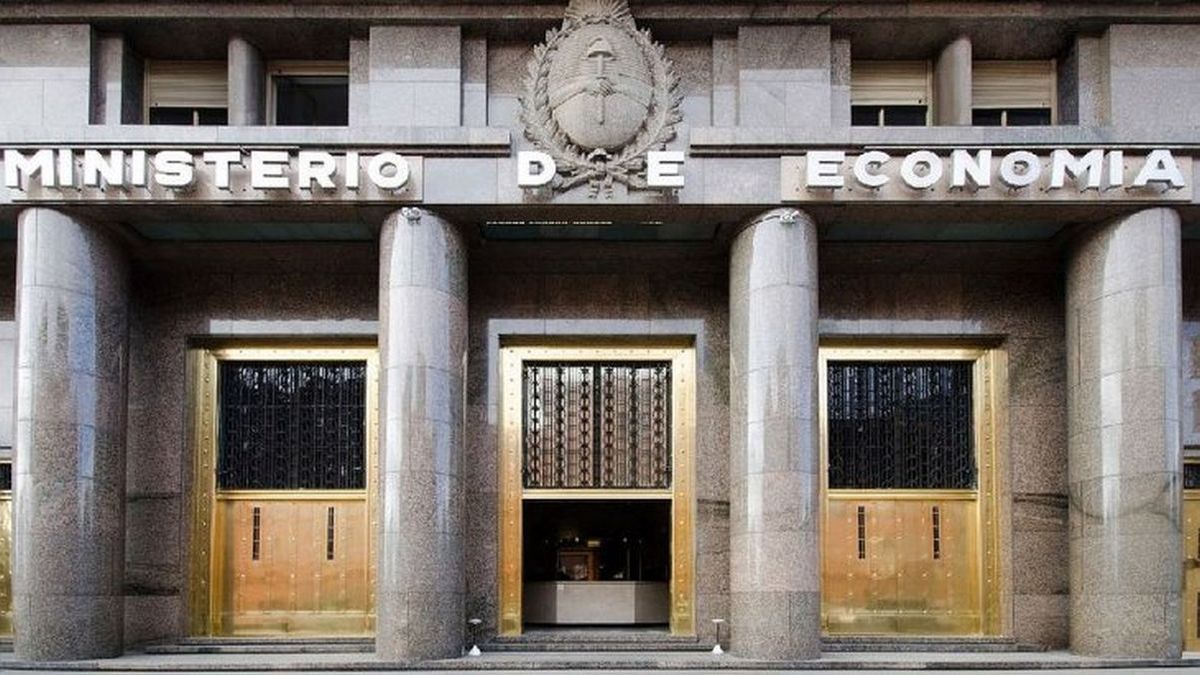The Debt migration from the Central Bank to the Treasury that was promoted by the Government of Javier Milei is reflected in the composition of the Banks’ portfolio. According to official data, the acceleration of this handrail that the economic team promoted during May led to a sharp jump in the weight of public securities in the composition of the total assets of financial institutions: They came to represent 36.1% of the totalwhen just a month ago they accounted for 28.1%.
The Bank Report for May, published this week by the Central Bank, reflected the increase in the so-called “Treasury risk” in the banks’ portfolios to the detriment of the “BCRA risk”To put the evolution into perspective, in April 2023, government bonds accounted for 16.4% of the entities’ total assets. Thirteen months later, their weight was almost 20 points higher.
The root of this growth is found in the strategy promoted by the current Government of reduce the remunerated liabilities of the BCRA (and eliminate them as a next step) to end the endogenous monetary issuance for the payment of interest, which Javier Milei It was marked as one of the requirements to get out of the exchange rate trap (although later other conditions were added that delayed the perspective of exchange rate opening).
May marked a turning point in that strategyThat month, the Central Bank made its last reduction to date in the monetary policy rate (the one that pays for repos), with the aim of encouraging banks to unwind positions of remunerated liabilities and enter the Finance Ministry’s peso debt auctions. At the same time, it exempted LECAPs (fixed-rate Treasury bills) from the limits on public sector financing that entities have, provided that these pesos arose from the unwinding of repos.
The result was the placement of a Record net indebtedness by the Treasurywhich reached 3.4% of GDP during the fifth month of the year, according to estimates by Facimex. At the same time, the stock of repayments was reduced by $14 billion, according to official data.
image.png
For banks, this meant that they went from having 23% of their assets placed in repos to concentrating only 12.6% in this instrument issued by the BCRA. Meanwhile, the weight of Treasury bonds exceeded 36%.
Debt, banks and the final migration
Following the exchange and financial tensions, which began with the rate cut (but which also had as a background the halt in the purchase of foreign currency by the BCRA and the market’s distrust of the sustainability of the exchange rate scheme), the Government was quick to announce the “Phase 2” of the economic program, which includes the Final migration of the BCRA debt to the treasury.
The date set for this operation is next month. Monday, July 22. That day, The Central Bank will stop offering repos and will begin to manage monetary policy through Fiscal Liquidity Letters (LEFI), an instrument issued by the Treasury (which will be responsible for paying its interest) but which will function as a vehicle to manage liquidity between the BCRA and the banks.
Once this operation is completed and the July Bank Report is published, this final step will be reflected in the balance sheets of financial institutions. The weight of Treasury debt in the total assets of the banks is expected to comfortably exceed 40%.
Officials, however, point out that LEFIs will not represent a passage to “Treasury risk”beyond the fact that the title is issued by the Ministry of the Economy and its interests are faced with the fruit of a redoubled fiscal adjustment. The explanation given in official offices is that in reality there will be a daily window in which the banks will be able to sell their LEFI holdings to the BCRA, which will give them the pesos corresponding to the capital and the accrued interest (at the floating rate of monetary policy) while they have had the letter in their portfolio.
Thus, in terms of liquidity, the operation would be equivalent to that of the repos. “For the banks, it is still a ‘BCRA risk’,” an official source told Ámbito, in a clarification that seeks to clear up any doubts for the banks and also for the savers, whose deposits are the opposite of both the repos and the future LEFI.
Banks: private sector credit rebounds
On the other hand, in addition to financing the public sector, A recovery in credit to the private sector was also observed in May.The BCRA report indicated that, in the fifth month of the year, “the real balance of financing to the private sector in pesos increased by 8.5% (+13.1% nominal), with generalized increases among the groups of financial entities.”
“All credit assistance grew in the month, with greater relative dynamism in commercial loans (10.4% in real terms) and in consumer lines (8.1% in real terms),” added the monetary authority’s report.
Source: Ambito
I am a 24-year-old writer and journalist who has been working in the news industry for the past two years. I write primarily about market news, so if you’re looking for insights into what’s going on in the stock market or economic indicators, you’ve come to the right place. I also dabble in writing articles on lifestyle trends and pop culture news.




